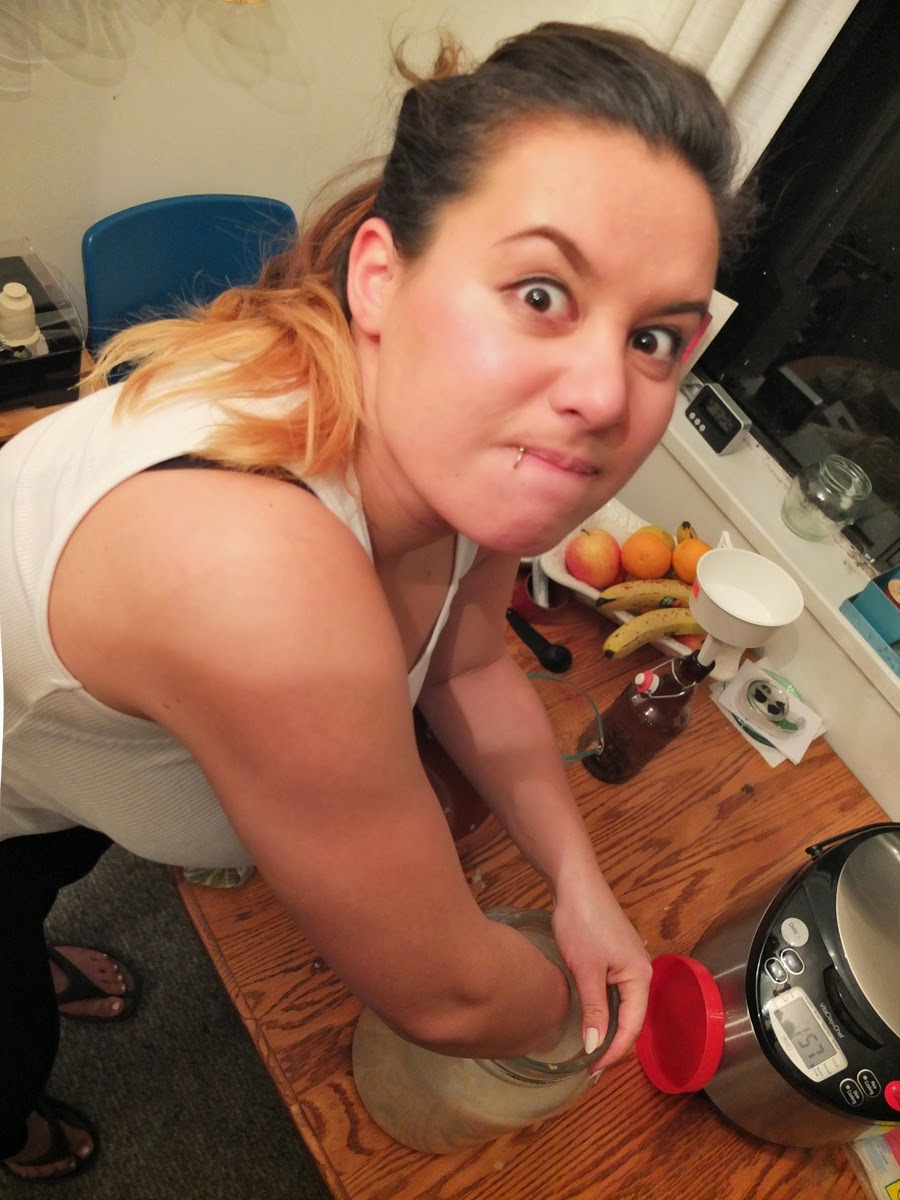....I know this post is going to come across as pretty uninspired, but trust: the meat compensates.
-about 3 lbs of pork butt roast
-1 shallot
-6 cloves garlic
-1/4 cup kecap manis
(sweet soy sauce)
-1/2 cup nuoc mam
(fish sauce)
-2 tbsp vinegar
(anything not balsamic)
-2 tbsp raw sugar
-2 tbsp garam masala
-1/2 tsp salt
First off: lemongrass. This can be a bit of a ball ache because chucking in some roughly smashed stalks will not suffice for the marinade. Some Vietnamese markets keep frozen lemongrass pulp on hand, which is fan-fucking-tastic.
But if all you have are fresh stalks please do yourself a favor and know that in this particular circumstance the blender/food processor is not your friend. You're best off slicing the whites into thin rounds and then mashing with a mortar and pestle. I wasn't about to put in the effort given my convenient prepackaged solution, so make do with my shit diagrams:

Processing it all with an automated blade will result in horrible, pointy shards of cellulose and despair. It took two batches of regrettably prickly chicken to defeat my formidable lazy streak, but I have since learned my lesson about the use of lemongrass.
Turn your meat from this:
into this:
The thinly sliced meat should cook pretty quickly, so keep your eye on the bbq to avoid drying out the goods. Grill over medium high heat until you have fatty, salty, slightly charred pigfection.
Good with most anything, but makes for killer banh mi filling!










































